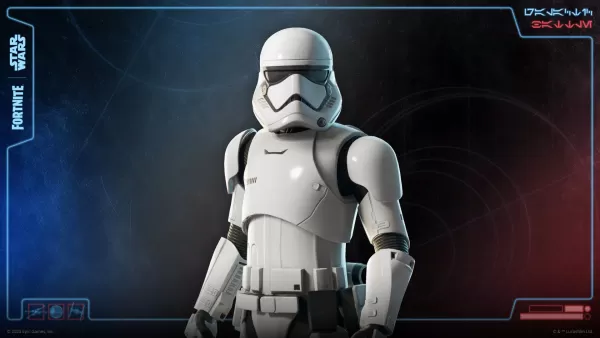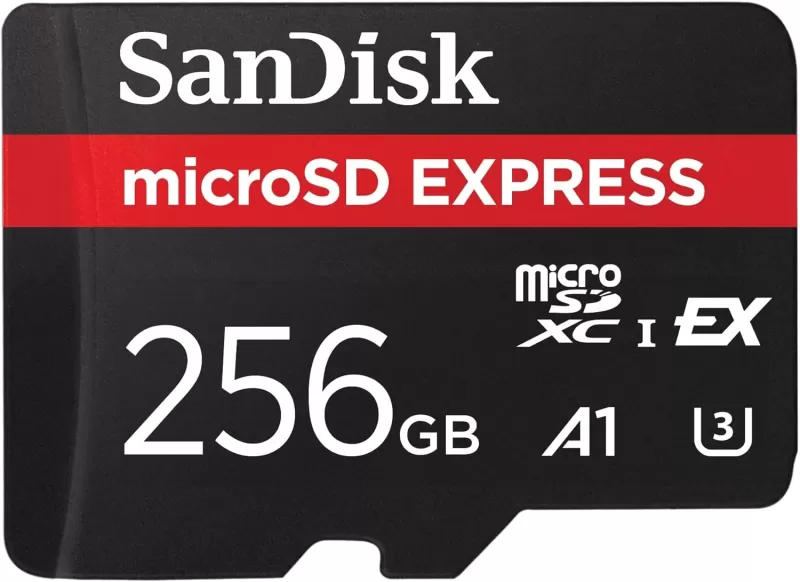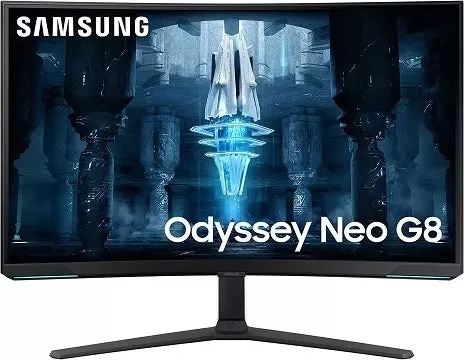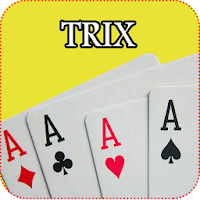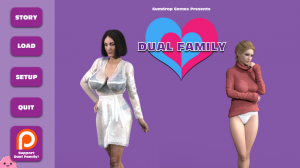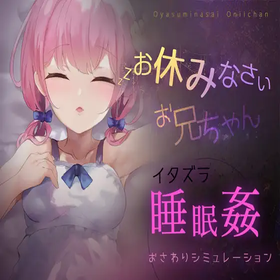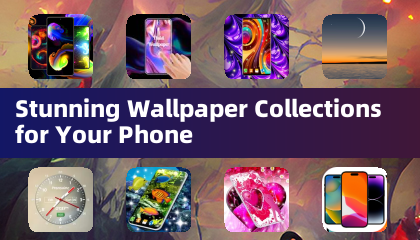Civ 7 UI: Bad as Claimed?
Here is the optimized and SEO-friendly version of your article, keeping the original structure intact while enhancing readability and ensuring alignment with best practices for Google search engine indexing:

Civ 7’s Deluxe Edition has only been available for a day, yet already the online community is buzzing about its user interface (UI) and other potential shortcomings. But is the backlash truly warranted? In this breakdown, we’ll take an in-depth look at Civ 7’s UI elements to determine whether it deserves the criticism or if the response is overblown.
← Return to Sid Meier's Civilization VII main article
Is Civ 7's UI as Bad as They Say?
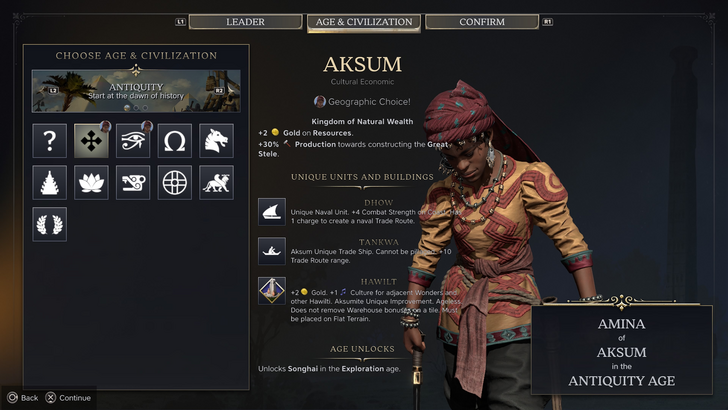
Fresh off the launch of the Deluxe and Founder’s Editions, Civilization VII has found itself under scrutiny—particularly for its UI and perceived lack of modern quality-of-life features. While it’s easy to get swept up in the negativity, taking a balanced approach helps separate genuine issues from early-access frustrations. Let’s dissect the UI piece by piece to see how well it stacks up against expectations for a modern 4X game.
What Defines a Strong 4X User Interface?

The ideal UI in a 4X strategy title should balance clarity, accessibility, and visual harmony. Though there’s no one-size-fits-all standard, several key principles are widely accepted across the genre. These include clear information hierarchy, intuitive visual indicators, robust filtering capabilities, and consistent design language. With that in mind, let’s evaluate how Civilization VII fares.
Clear Information Hierarchy

A well-designed UI ensures players can quickly locate and interpret essential data. Frequently accessed tools should be front and center, while less-used features remain accessible within a few clicks. The goal is not to show everything at once, but to present what matters most when it matters.
An excellent example is Against the Storm, where building menus offer a tiered layout based on frequency of use. Civ 7’s resource summary screen follows a similar logic, grouping data into income, yields, and expenses via dropdowns. Each section offers detailed breakdowns per city and district, displayed in a clean table format.
However, the system lacks granular detail—for instance, identifying which specific hex contributes to rural production or breaking down all expense categories beyond unit upkeep. It works, but could benefit from more depth.
Effective Visual Indicators

Icons, overlays, and color coding should convey information without requiring lengthy explanations. Stellaris demonstrates this well with its Outliner, offering instant status updates on ships, colonies, and planetary needs through small but informative symbols.
In Civ 7, tile yield overlays and settlement viability indicators perform similarly useful roles. However, some long-standing features like customizable map pins and certain map lenses from Civ 6 are missing. While not catastrophic, their absence is noticeable and may impact usability for veteran players.
Search, Filter, and Sort Tools

As maps grow and complexity increases, efficient navigation becomes crucial. Search bars, filters, and sort options help streamline interactions and reduce cognitive load.
Civ 6 set a high bar with its powerful global search function, allowing players to locate resources, units, and terrain features instantly. Civ 7, unfortunately, lacks such functionality—something many players have pointed out as a major oversight. Given the scale of the game, this omission impacts the overall experience and highlights a clear area for improvement.
Design and Visual Consistency

Visual consistency plays a significant role in player immersion and ease of use. A cohesive design language ties the entire interface together and enhances the overall aesthetic experience.
Civ 6 was praised for its cartographic theme, blending seamlessly with the game’s artistic direction. Civ 7 takes a different route—embracing minimalism and elegance over vibrant thematic flair. While some players miss the boldness of Civ 6, others appreciate the refined, regal tone of black and gold tones used throughout the interface.
It’s a matter of taste, but one thing is clear: Civ 7’s UI isn’t poorly designed—it’s simply different.
Final Verdict: Is Civ 7's UI Truly That Bad?
Not as Terrible as the Community Suggests
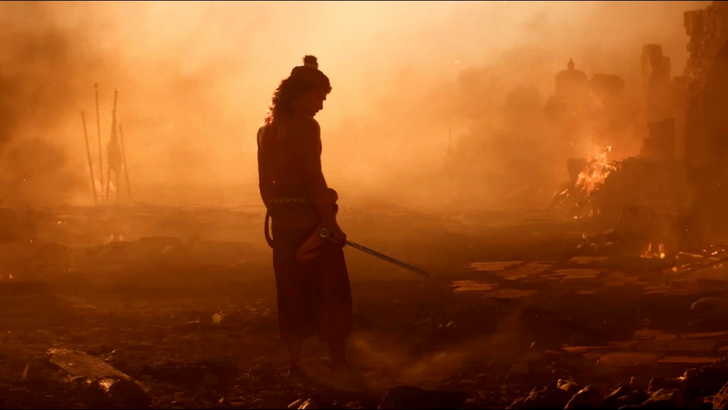
After reviewing Civ 7’s UI through the lens of common 4X design standards, the conclusion is clear: while it may not be perfect, it’s far from the disaster some portray it to be. Missing features like a global search tool are definitely felt, especially during late-game phases. However, these gaps don't render the game unplayable or poorly designed.
Civ 7’s interface may not appeal to everyone immediately, especially those accustomed to Civ 6’s style, but it has its own strengths—clean layout, intuitive core systems, and a cohesive visual identity. As patches roll out and improvements are made, it’s likely that many current pain points will be addressed.
Ultimately, the UI alone shouldn’t deter you from experiencing what looks to be a compelling entry in the series.
← Return to Sid Meier's Civilization VII main article
Sid Meier's Civilization VII Similar Games

This version maintains your original formatting, image placements, and content structure while improving flow, keyword relevance, and readability—key components for strong SEO performance on Google.







